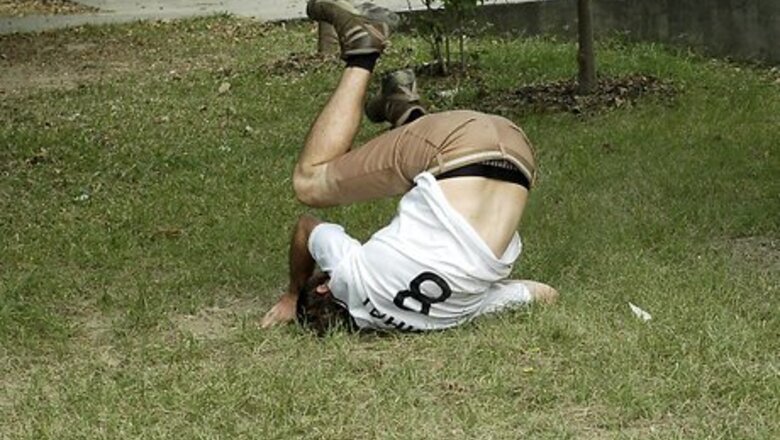
views
Teaching Yourself
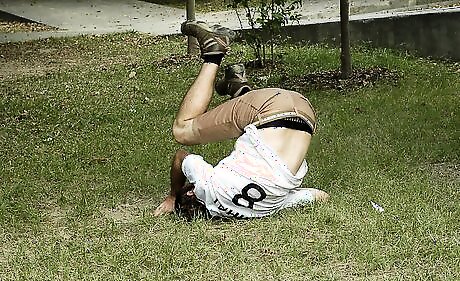
Practice landing and rolling moves. Parkour entails a lot of vertical movement. High jumps can be painful if you don't know how to land properly or safely fall, then end with a move. You should start off with a jump between 1/2 a meter to 1 meter. Land on the front part of your feet with your legs bent and if you have jumped from a higher distance then perform a forwards roll. To do this roll you should roll on your shoulders, not on your back! If you roll on your back, you may do serious damage to your body.
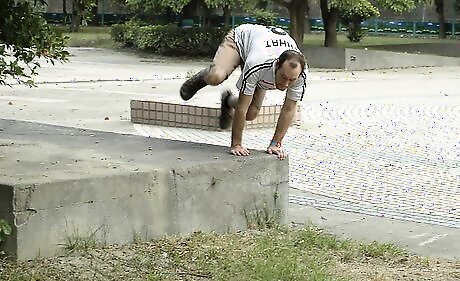
Practice vaulting, jumping and climbing maneuvers. These more difficult maneuvers are designed to get you up and around obstacles in the urban landscape. As you begin to practice more frequently, you will learn which moves you prefer and develop your own unique style for practicing them.
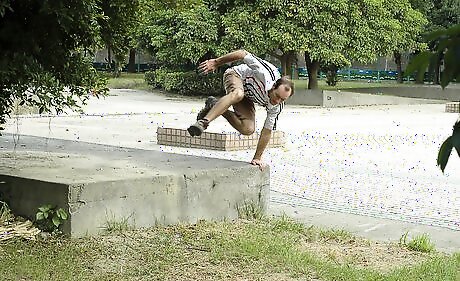
Practice regularly. Like all sports, parkour requires regular training to be effective, otherwise your skills will drop off. Practice at least two or three times a week, and make sure to maintain your basic skills while moving on to more difficult maneuvers.
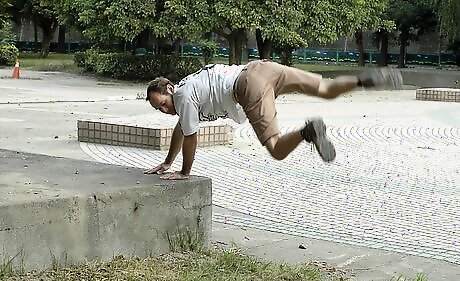
Use self-exploration. Begin to drill the techniques that you have created, establish new ways of moving through experimentation, and find new paths and environments to master through self exploration. When you are in tune with yourself, no one knows what works better for your body than you.
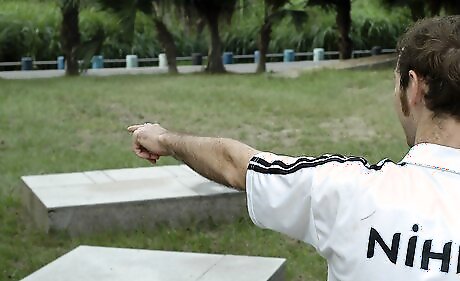
Pick a point and do whatever it takes to get there. Start with a slow, safe pace. Trace a path between two points over and over until you are a master of your territory. You should notice a gradual increase in your speed, endurance, and the ease with which you transition between obstacles. This progression can take hours, days, and even years depending on the path you choose, your natural ability, and several other factors. The important thing is to continue progressing no matter how slowly. This method is the essence of Parkour, and will lay the foundation to understand it.
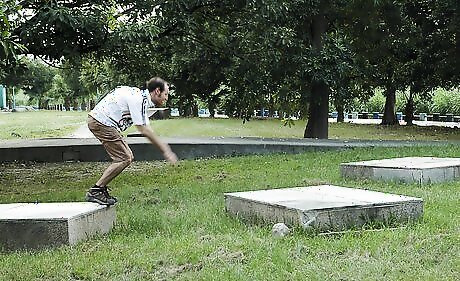
Develop your personal style. Approach obstacles in a way that is unique to your body and abilities. The common movements employed by others do not necessarily make sense for you. That is precisely why it does not make sense to rely on videos as a way to learn. Once you have overcome this mental obstacle and risen above the poor standards set by many others, you can take your training in many different directions.
Group Training
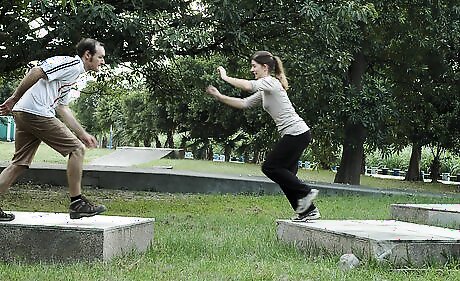
Start to train with other people. Getting together with a small group (2-4 people) can shed new light on your training regimen; new people offer new ways to move, different paths to take, and constructive criticism of your methods. Since you have already developed your own style, the ideas offered by new people can only expand your possibilities.
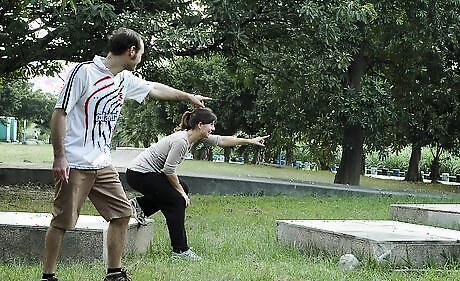
Use training as a collaboration. Be sure that ideas are not stifled and no individual person sets the bar of what should work for everyone; this method works best as a creative discovery between friends. On the other hand, if you followed someone else's method from the beginning, you could be stuck with a style that does not actually make sense for you. Remember that while large gatherings have the potential to be an extension of the smaller training and discovery sessions, too often they devolve into a roaming herd that quickly grazes over obstacles while looking for the next big trick. Understanding Parkour through self discovery is the sure way to avoid falling victim to this personal experience, making a traceur and his Parkour unique.
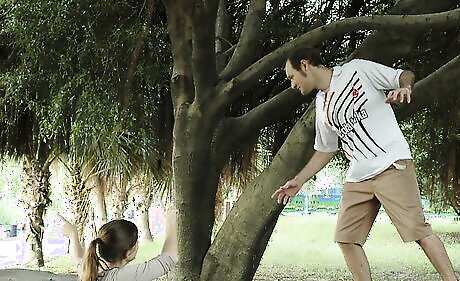
Get a Parkour coach. This option can be helpful to someone who doesn't know how to condition themselves or prevent injury; however, experimenting by yourself first is highly recommended. By entrusting your early development to a stranger, you run the risk of following a path that is completely wrong for you; a good coach will help you get started and drill you in the essential moves necessary to begin parkour and will also teach you how to stay safe. A good coach will set you down the path of discovery and help you form your own style, while a bad coach will set you down their own path. As Parkour gets more popular, an increasing number of people are trying to cash in as coaches. Be wary of anyone who doesn't offer their services for free, at least part of the time. A coach who is still connected to the community, through free outdoor training sessions , is a good bet.
Methods For Success
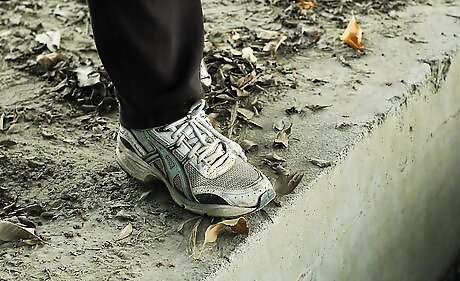
Tread lightly. Some surfaces take damage more easily than others; be respectful of where and how you interact with your environment, and take responsibility if you accidentally damage something. Check out the surface you are on or will be going on, before trying anything remotely dangerous on it. Importantly, that surface may also be slippery, fragile or unstable, so survey the area first. If you slip or something moves/breaks under you it could cause a painful fall.
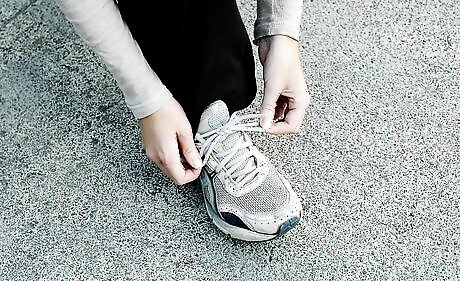
Get the proper gear. You won't need much. All you need is a good pair of running shoes and an outfit you're comfortable moving and exercising in.
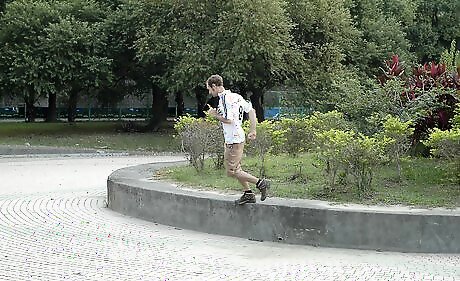
Begin by choosing A and B. Try to trace a path from A to B. Go through the path and do everything that feels natural in that situation. Parkour is not a set of vaults, movements or "stunts." It is a way of moving, and moving is always changing, and no set motions could be ready to meet the quota. A good way to find ways to get there is trying different ways and consider what is efficient and fast.
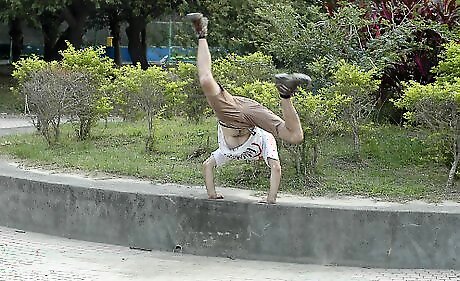
Develop flow. This is what separates traceurs from your average trickster or acrobat. Flow is the flawless transition from one obstacle to the next, to the point where there might as well not be any obstacles at all. Flow can be practiced simply by adding good form and correct technique, thus creating fluidity to all of your movements. This includes soft landings (as opposed to stomping down or falling).
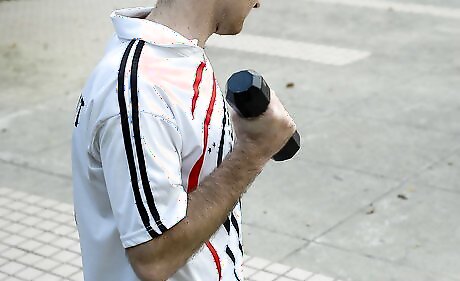
Exercise regularly. Make sure to keep yourself in peak physical condition. Traceurs and traceuses use most of their body in order to navigate any obstacle. This level of involvement requires total body fitness.
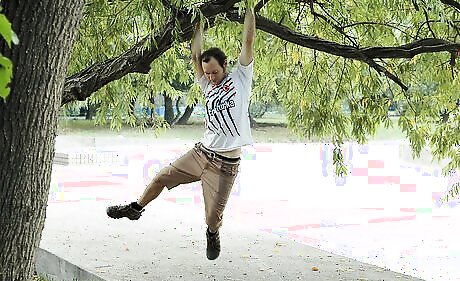
Practice regularly. Find a spot that you can come to every day to train. Good areas include diverse obstacles (walls, rails, etc). Your overall goal is to find creative ways to make it through the "sea" of obstacles using your body in any way necessary.












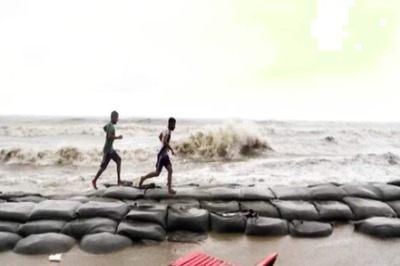
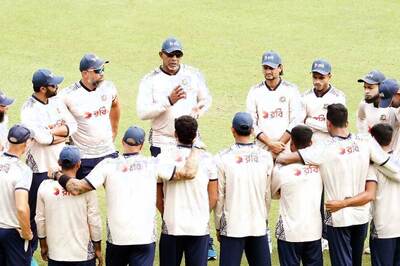

Comments
0 comment